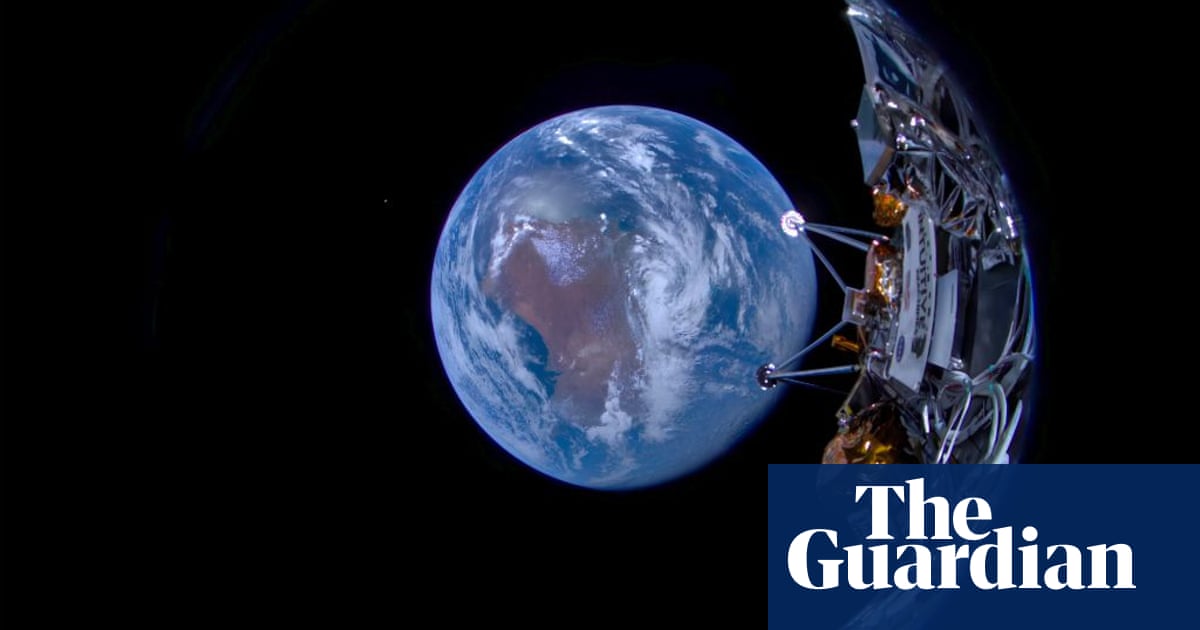Odysseus, the first US-built spacecraft to touchdown on the moon in more than half a century, is tipped over on its side, according to an update from Nasa and Intuitive Machines, the company that built and operated the lander.
The robotic lander descended on to the south polar region of the moon on Thursday at 6.23pm ET. But several minutes passed before flight controllers were able to pick up a signal from the lander’s communication systems.
As it landed, Odysseus “caught a foot in the surface and tipped” said Intuitive Machines CEO Steve Altemus, ending up on its side.
Still, the lander is “near or at our intended landing site”, he said. Nasa and Intuitive Machines said they have been receiving data from the lander and believe that most of the scientific instruments that it is carrying are in a position to work.



Mars atmosphere kills most lateral momentum during the entry and landing process. On the moon, you have to use thrusters to kill it, but not too much or you’ll be moving laterally the other direction. Makes it easier to have too much momentum and trip your landing struts.
You can also use parachutes on Mars. You might not even use landing struts and just land flat on the belly.
I find it funny this comment got upvoted more than mine. I am a guidance engineer that worked at NASA on lunar lander programs, it’s literally my job to be an expert in this stuff. Modern computing has reduced propellant usage a bit and improved targeting accuracy, but we have had usable solutions to this problem since the 60s.
Atmosphere makes the problem MUCH harder because the dynamics are far more complicated and the uncertainties are higher.